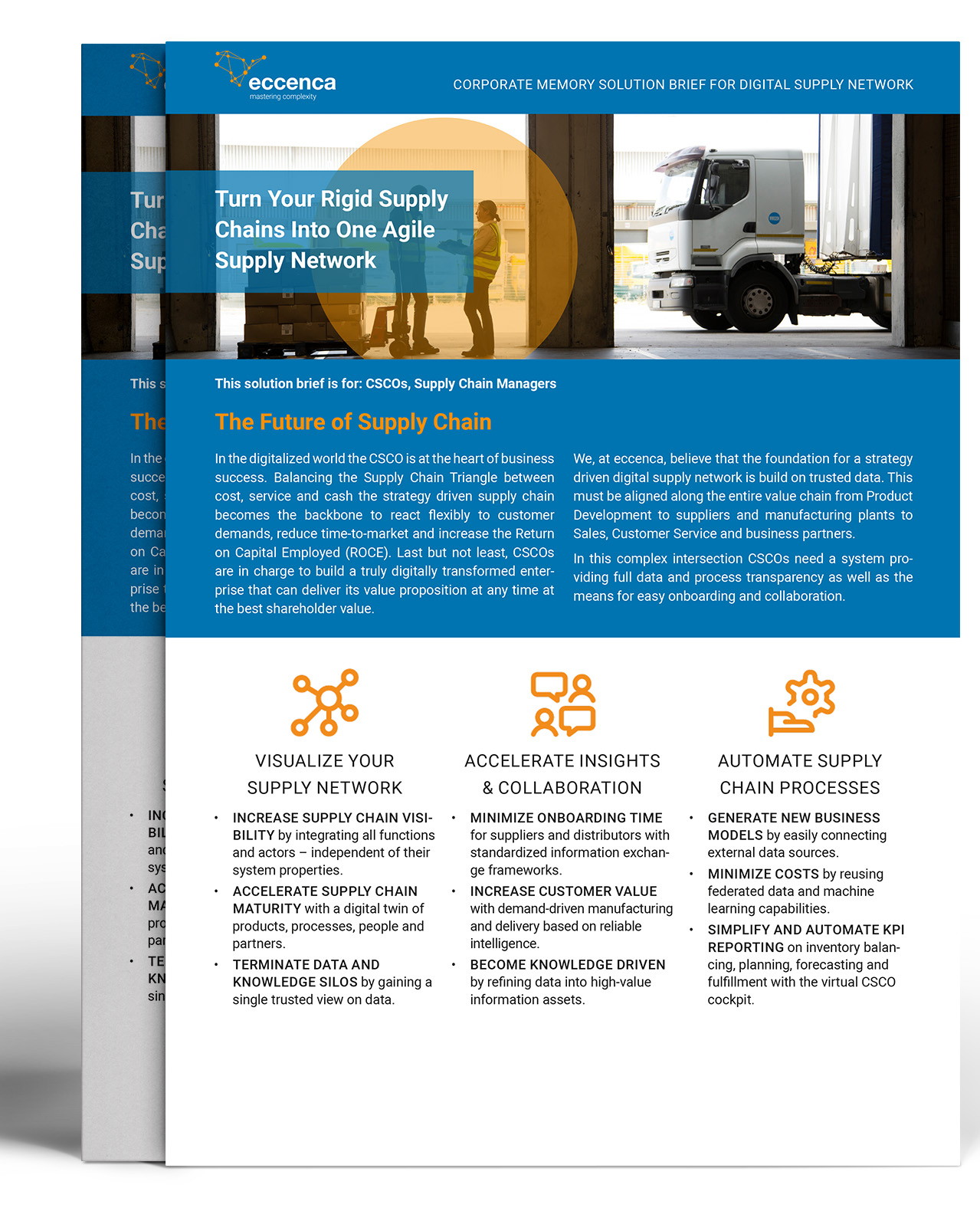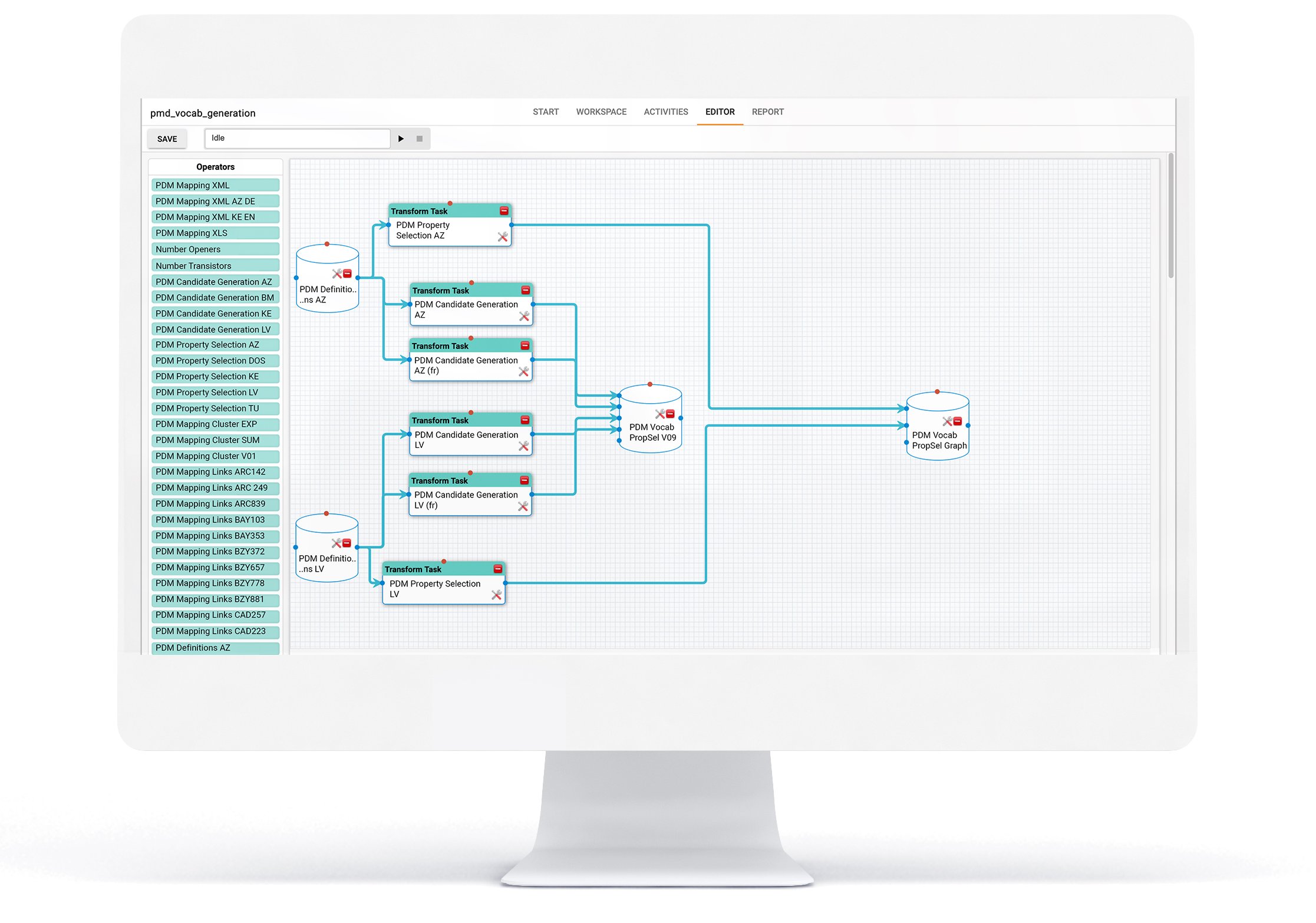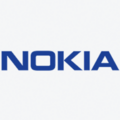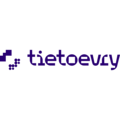
The Enterprise Knowledge Graph Platform
eccenca Corporate Memory provides a multi-disciplinary integrative platform for managing rules, constraints, capabilities, configurations and data in a single application. Overcoming the limitations of traditional, application centric (meta) data management models, its semantic knowledge graph is both highly extensible, integrative as well as interpretable both by machines and business users.
The enterprise knowledge graph platform re-establishes global data transparency in enterprises as well as line-of-business ownership to a complex and dynamic data environment. It enables you to drive agility, autonomy and automation without disrupting existing IT infrastructures.
- MANAGEData Schema Evolution
- ESTABLISHExplicit Semantics For All
- EMPOWERYour Lines Of Business

We’ve enabled data agility by creating a semantic data architecture embedded in our enterprise IT architecture. To be frank, we never before had such a high level of data transparency.
Karl Kirschenhofer
Chief Operations Officer, RFS
Search Distributed Data
Corporate Memory integrates and links data from any source in a central knowledge graph. Use user-friendly SPARQL and JSON-LD frames to explore your global data landscape.
Manage Data Access
Corporate Memory uses Keycloak (OAuth2, OpenID connect, SAML 2.0) to enable a central, flexible user concept for data access. You can easily integrate other common authentication systems like LDAP or Active Directory.
Don’t Change Your Source Systems
Corporate Memory does not require expensive data migration or MDM projects. The data management in the enterprise knowledge graph platform is implemented by HTTP identifier and meta data. The source systems stay as they are and can be used as usual.
Develop Data Schemas On-Demand
Corporate Memory allows the unlimited integration of any data formats - from Excel and binary data to JDBC and custom formats. You can create your own linking rules by drag&drop. Or automate rule creation with our Active Learning Engine to visualize connections.
Add New Projects and Data on Demand
Grow your data landscape on an internet level. Our enterprise knowledge graph platform uses W3C standardized semantic technologies and a semantic REST-API to allow the flexible extension and scale-up to new data sources and users.
Automate Complex Workflows
Corporate Memory provides several functions to automate daily workflows. Run XSLT operations on XML documents. Create new data sets via SPARQL queries. Automate mapping rules. And share data sets via email.
Empower Data Users (line of business)
Corporate Memory de-couples technical and domain modelling by vocabularies, lifting, linking and workflows. Use RDFS/OWL ontologies and intuitive visual rule modeling to enable line of business users independently interpret and adjust data schemas and models according to their business needs.
Individualize Data Views and Workflows
The enterprise knowledge graph platform provides several customization options for the exploration and inline-editing of your data. Set-up you platform as needed to increase usability, efficiency and acceptance by your colleagues.
Simplify and Speed-Up Data Queries
Corporate Memory allows you to save, share and re-use queries and filter options. This minimizes data preparation and reporting workflows to increase efficiency throughout the enterprise.
Ensure FAIR Data
Our enterprise knowledge graph platform links your data via global identifiers and uses metadata as well as common and shared ontologies. This ensures that your data is globally findable, accessible, interoperable and re-usable (FAIR).
Establish a shared terminology
Corporate Memory allows domain experts to formalize their implicit knowledge and share it with others. Use custom-made or global thesaurus, ontologies and vocabularies to turn hidden rules and knowledge machine-readable and human-interpretable. This provides a shared understanding of data across all domains connecting business language to actual data semantics.
Guarantee Data Quality
Corporate Memory tracks and provides transparency on provenance, versioning and context information via metadata. This ensures that only up-to-date and correct data is used for analysis, decision making and reporting.























